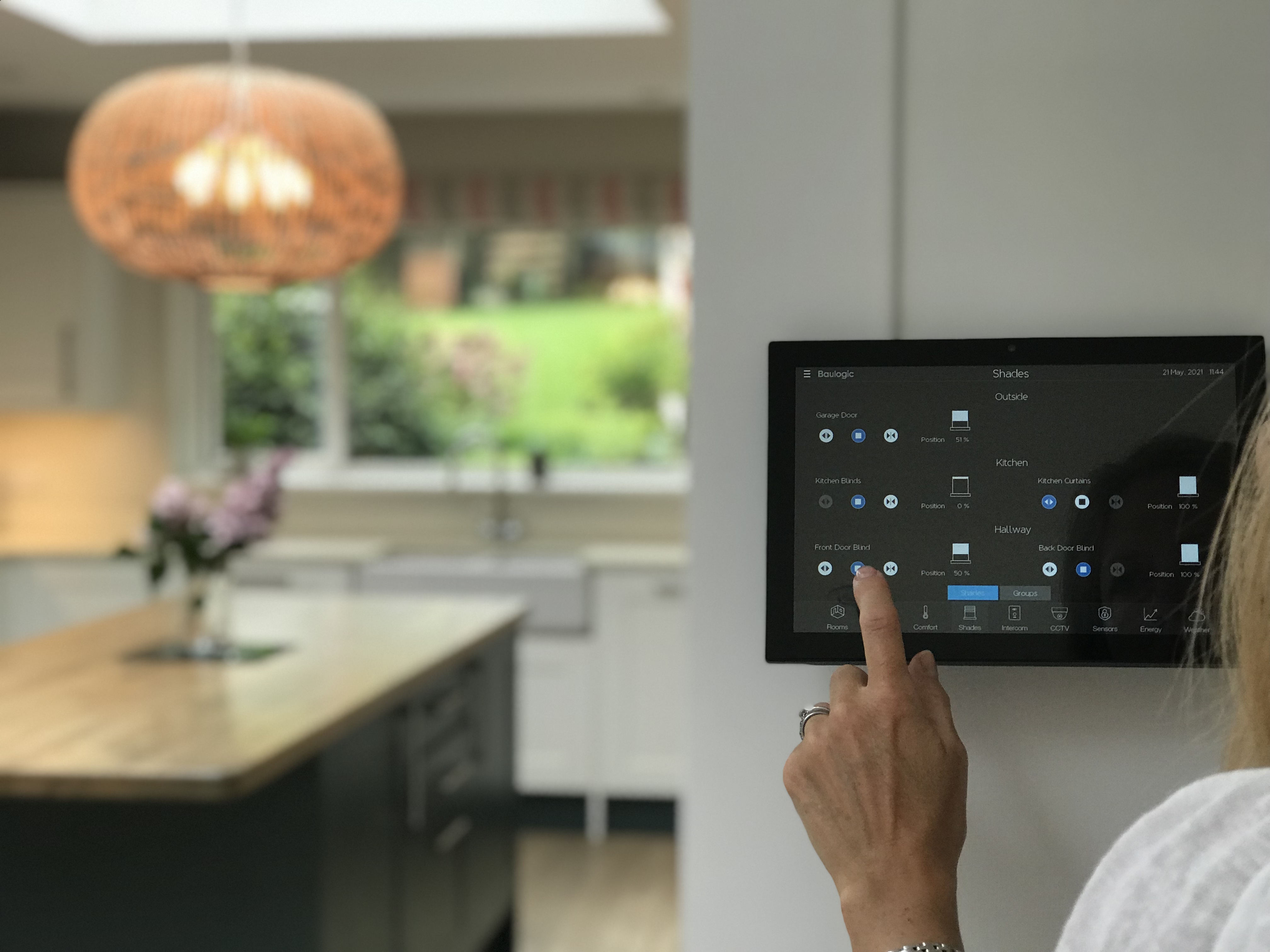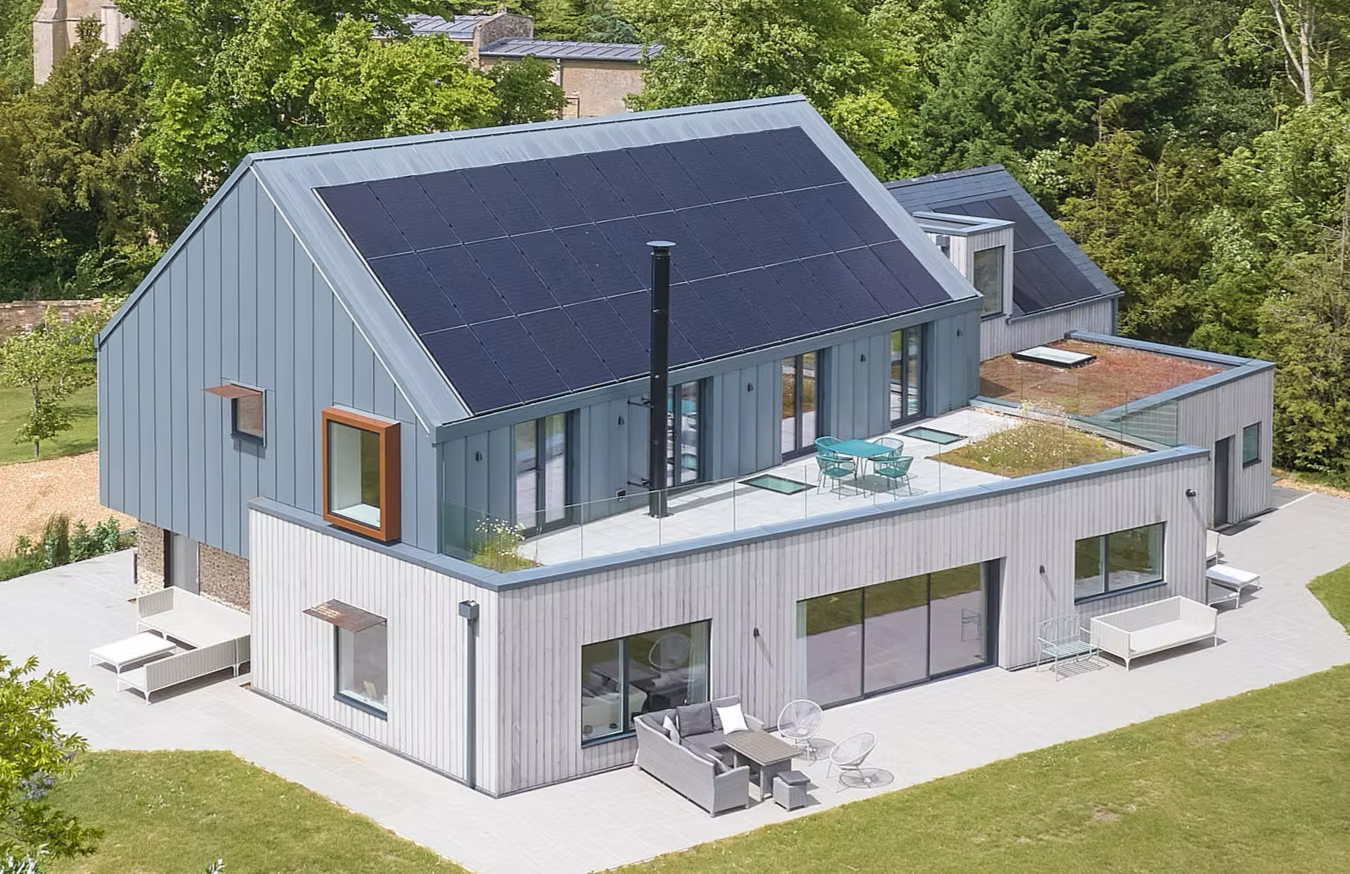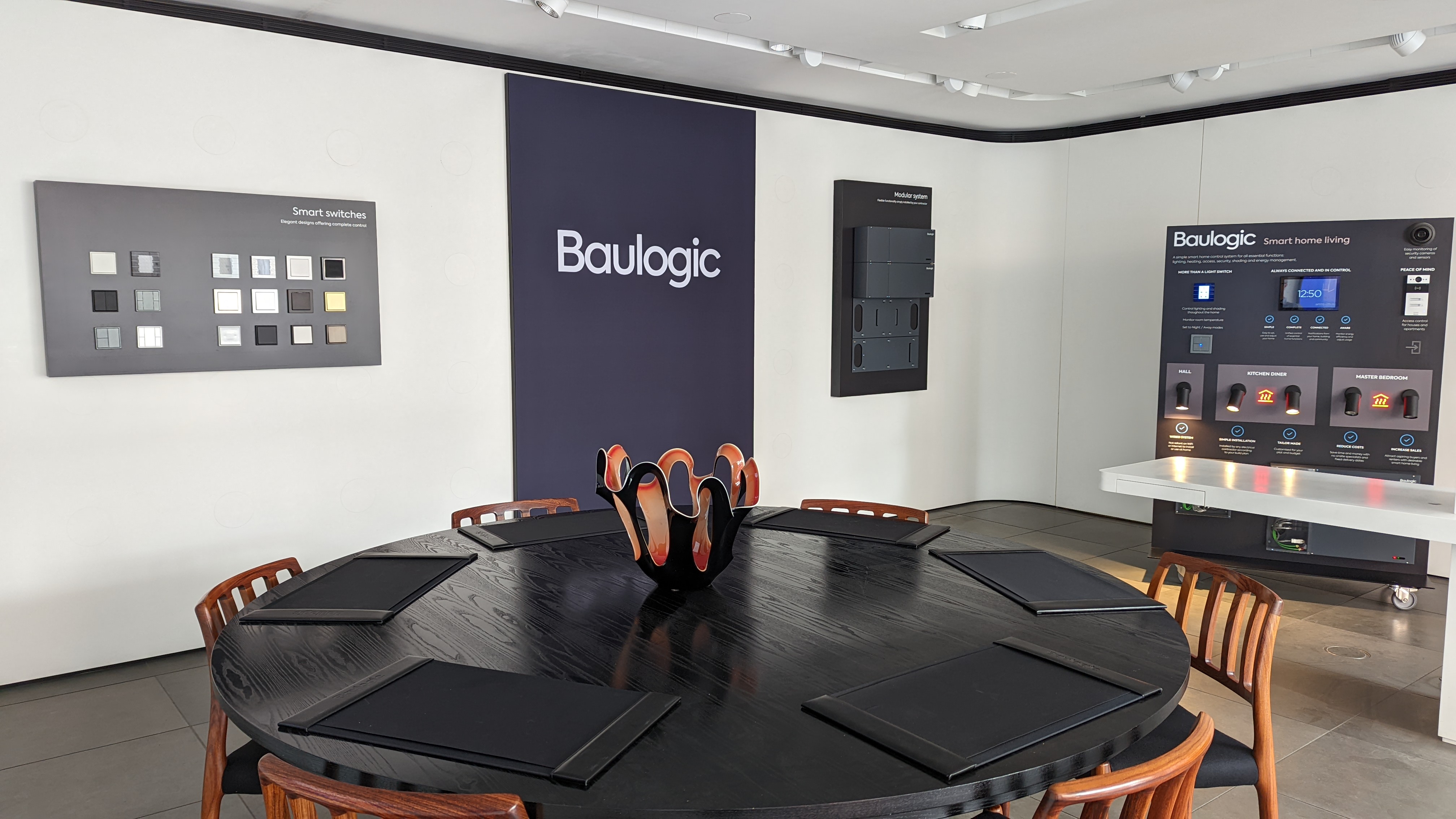
Over the past decade, technology has quietly shifted from being something we use to something we live with. From the way we work to the way we shop, intelligent systems are woven into our daily routines, and now they are becoming part of the very fabric of our homes.
In this article, we will explore exactly what home automation is, how it works, and why it is becoming an essential feature in modern living spaces. Whether you are building your dream home or developing properties for today’s discerning buyer, understanding home automation is key to creating spaces that are more comfortable, efficient, and desirable.
You will learn:
- What home automation means in the context of modern homes
- How the different components work together to create a connected living environment
- Examples of home automation in action, from convenience-led features to intelligent security
- Why it matters, not just for daily life but for property value and future-proofing
2. What Is Home Automation?
Home automation, sometimes called connected home technology is the seamless integration of control systems into a property’s infrastructure, allowing you to manage and automate everyday functions. While the term smart home is often used in the wider market, Baulogic prefers connected home to emphasise the integrated, built-in nature of the technology rather than add-on gadgets.
At its core, home automation brings together multiple systems such as lighting, heating, shading, and security into one central, intuitive platform. It is about creating a living environment that adapts to your needs without constant input, delivering efficiency, comfort, and peace of mind.
Common elements of a home automation system include:
- Lighting control that adjusts brightness, warmth, and timing to suit your schedule and mood
- Climate control systems that regulate heating and cooling for comfort and energy efficiency
- Automated shading to optimise natural light and privacy
- Integrated security with sensors, alarms, and remote monitoring
- Scene setting that brings multiple functions together at the touch of a button or entirely automatically
Rather than juggling multiple apps and remotes, a well-designed system provides a single point of control, making life simpler and more intuitive.

3. How Home Automation Works
3.1 Core Components
Smart Devices
These are the visible elements of your home automation system, such as lights, thermostats, locks, cameras, and sensors. In a Baulogic-enabled home, these devices are chosen for reliability, responsiveness, and seamless integration, ensuring they work together as part of a single connected environment.
Hub or Controller
The hub is the central brain of the system. It coordinates communication between devices, manages schedules, and ensures your instructions are carried out instantly. In Baulogic systems, the control platform is designed to be intuitive and preconfigured before installation, making setup quick and straightforward for developers and homeowners alike.
Network and Communication
Devices and the Baulogic hub communicate through a KNX bus system, a globally recognised standard for professional-grade building control. KNX ensures reliable, hardwired communication between devices and the Baulogic control box, removing the dependency on Wi-Fi and avoiding the dropouts common in wireless-only setups. While wireless protocols can be useful for certain devices, the KNX backbone guarantees performance, stability, and long-term compatibility.
3.2 Device Interaction Process
A well-configured home automation system operates in a simple but effective cycle:
- Detection
Sensors pick up changes in the environment, such as motion, temperature variations, or a door opening. - Decision
The hub evaluates the data according to pre-set rules or routines. - Action
The hub sends instructions to the relevant devices. For example, motion detected in a hallway at night might trigger the lights to switch on at a low level to guide you safely without disturbing others. For a more detailed breakdown of automation processes, see this guide from Ajax Systems
Baulogic’s preconfigured approach means this process is already optimised at installation, reducing the need for ongoing adjustments and making the experience effortless from day one.
.jpeg)
4. Levels of Home Automation
Monitoring
This is the entry level of home automation, where you can remotely view the status of your devices, such as checking a live feed from security cameras or viewing thermostat readings.
Control
At this level, you can actively operate devices through an app, central hub, or voice assistant. For example, you can lock the front door, adjust the heating, or dim the lights from your phone or wall panel. Level Lock provides further insights into the range of control features possible in a modern connected home.
Automation
This is the most advanced level, where devices operate according to schedules or triggers without you having to think about them. Lights might turn on at sunset, heating might lower when you leave the house, or shades might adjust automatically based on the time of day. Baulogic excels in this space by creating routines that are pre-set, intelligent, and completely in tune with your lifestyle or the needs of your development project.
5. Practical Examples in Modern Homes
Arriving home to a personalised environment
Imagine walking through the door and finding the lights set to your preferred level, the temperature exactly where you like it, and your favourite playlist already playing. Baulogic systems can create these tailored welcome scenes automatically.
Automated security alerts and emergency responses
If motion is detected unexpectedly or smoke is sensed, the system can instantly send alerts to your phone and, if required, notify emergency services. This creates peace of mind whether you are at home or away.
Smart climate control that learns your patterns
Heating and cooling systems can adjust automatically based on your daily habits, the time of year, or even the weather forecast. This ensures comfort while managing energy use efficiently.
6. Why Home Automation Matters
Convenience Control your home effortlessly with voice commands, a wall panel, or remotely via an app. Routines can run automatically, freeing you from repetitive tasks.
Efficiency Connected systems optimise lighting, heating, and shading to reduce wasted energy and help lower utility bills.
Security Integrated sensors, cameras, and alarms keep you informed of any unusual activity in real time, protecting both people and property. Investopedia offers an overview of the wider benefits and drawbacks of smart home systems.
Customisation Every household is different. Baulogic systems can be tailored to suit individual lifestyles, from lighting moods for entertaining to energy-saving schedules for when the home is empty.
Home automation is no longer a futuristic concept. It is a practical, valuable addition to modern living that brings together convenience, efficiency, and security in one connected experience. By understanding what it is and how it works, homeowners and developers can make informed decisions about integrating it into their properties.
Baulogic offers a premium, preconfigured solution that is built into the home from the start. It delivers a seamless, reliable, and elegant experience without the complexities often associated with traditional systems.
If you are considering your next project or planning your ideal home, now is the perfect time to explore how a connected home can transform the way you live.
More Insights




